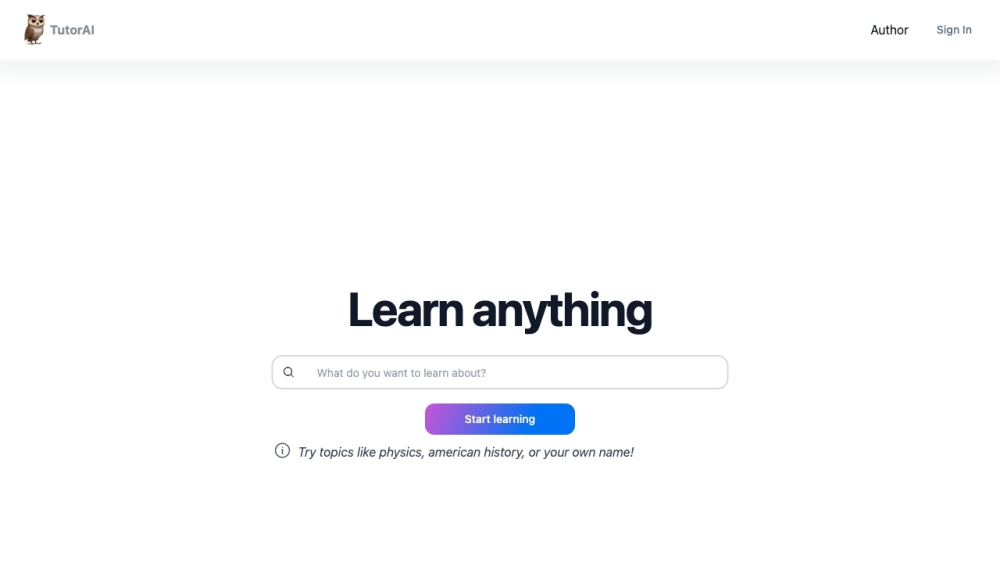OpenAI shocked the tech community yesterday by unveiling a new family of reasoning large language models (LLMs) named "o1," rather than the anticipated "Strawberry" or GPT-5. The o1 models are designed to excel in science, technology, engineering, and math (STEM) tasks by offering high performance and accuracy.
Two new models are now available: o1-preview and the lower-parameter o1-mini. These are accessible to ChatGPT Plus users and developers using OpenAI's paid API, allowing them to integrate the models into existing applications or create new ones.
Enhanced Reasoning Capabilities
According to Michelle Pokrass, OpenAI's API Tech Lead, the o1 models utilize advanced reasoning techniques. They adapt strategies, learn from mistakes, and undergo thorough cognitive processes. In tests, these models reportedly perform comparably to PhD students on challenging benchmarks.
Nikunj Handa from OpenAI highlighted that the o1 models significantly outperform the GPT series in reasoning-related tasks.
Key Details for Developers
- Text-Only Outputs: Currently, both models are limited to text inputs and outputs, making them less suitable for tasks requiring multimodal capabilities, such as image or file analysis. For those needs, GPT-4o remains the recommended choice.
- Knowledge Cutoff: The o1 models cannot browse the web, relying solely on their training data up to October 2023, although users can provide additional context via text input.
- Response Time: Output generation is slower, with some responses taking over a minute, but early testers have reported increased performance in tasks like coding and drafting legal documents.
OpenAI advises that while GPT-4o is ideal for tasks requiring faster responses, the o1 models may be preferable for applications needing in-depth reasoning.
Pricing Structure
Accessing the o1 models requires a significant investment in OpenAI's APIs, available only to "Tier 5" users who have spent at least $1,000 and made payments over 30 days ago. The o1-preview model is notably expensive, costing $15 per million input tokens and $60 per million output tokens, whereas o1-mini is priced more affordably at $3 per million input tokens and $12 per million output tokens.
Currently, the o1 models are limited to 20 requests per minute, and batching requests is not supported.
Applications for o1 Models
Since the release of o1-preview and o1-mini, developers have begun exploring their uses. Some reported early findings include:
- Document Generation: The models can produce well-developed action plans and white papers based on simple prompts.
- Operational Optimization: Users have showcased the ability of o1-preview to automate staff scheduling, assess merger risks, design efficient warehouses, and balance power grids.
- App and Game Development: The o1-preview model facilitates the rapid creation of interactive applications and games.
- RFP Automation: o1 models can assist contractors in completing request-for-proposal documents by processing the textual input of RFPs.
- Strategic Planning: Developers have noted o1-preview's efficacy in generating detailed growth strategies, including utilizing platforms like Reddit for engagement.
Accessing OpenAI's o1 Models
Developers can access the o1 models through the OpenAI public API, Microsoft Azure OpenAI Service, Azure AI Studio, and GitHub Models. While not suitable for every developer, the introduction of the o1 family presents unique opportunities for those looking to innovate in AI applications. OpenAI is committed to enhancing both the o1 family and its existing GPT series, offering diverse options for developers.





